Otherwise known by Rock Crystal, Agate, Chalcedony, Smokey Quartz, Amethyst, Citrine, Rose Quartz, Prasiolite, Prase, Morion, Qwindel, Quartzine, Aventurine, Ametrine, Jasper, Carnelian, Herkimer Diamond, Onyx, or Sardonyx
Quartz is one of the most common synthetic crystals in the industry. It's extremely useful in a variety of technologies and is central to modern computing technology. For this reason, it has been optimized and developed to a scale that producing it costs very little money. Large optics grade crystals can be purchased for less then 30 USD per kilogram. It's even cheaper then synthetic corundum. Add on the fact that hydrothermally, it grows with nil to no inclusions (unlike beryl), it is quite optimal for both industrial and gemological use.
Most commonly, you will find synthetic quartz used within Piezoelectrics. Quartz, when charged with the right current, outputs a nearly flawless sine wave which can be measured and used in electrical circuits. These kinds of crystals are called Oscillators. This aspect is what makes it so important for timing circuits. Furthermore, you'll often come by synthetic quartz in high temperature containers, such as Quartz Tube Furnaces or as viewports and high pressure windows. Quartz tubes and machined containers are extremely useful in chemical sciences, because quartz is far tougher and harder then normal glass, while also being even less susceptible to high temperatures. It also retains the optical clarity and chemical resistance of glass.
Beyond just industrial use, quartz also has quite a few artificial varieties that come in different colors. Some have even managed to recreate transitional zoning. This limited but colorful set of varieties has made it even more popular to grow, and it has appeared quite often in the form of cut stones meant to replicate common colorful varieties of natural quartz, like citrine and amethyst.
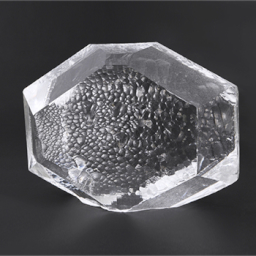
(Undoped / Generic)
(Undoped)
Color: Colorless
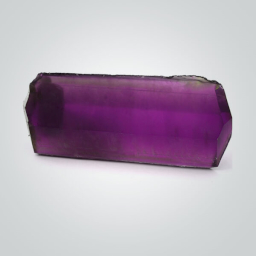
Amethyst
Amethyst
Color: Pale Pink, Purple, Violet
Cause: Iron Ions
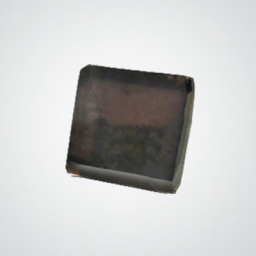
Smoky Quartz
Smoky Quartz
Color: Gray, Brown
Cause: Iraddiation with Aluminium Ions
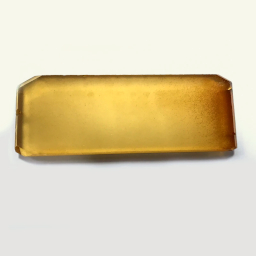
Citrine
Citrine
Color: Yellow, Orange, Brown
Cause: Iron Oxide Suspension

Pink Quartz
Pink Quartz
Color: Pink
Cause: Iraddiation with Aluminium and Phosphorous Ions
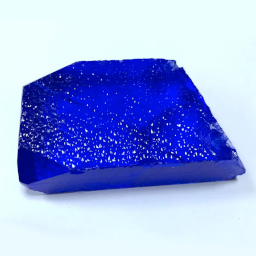
Cobalt Quartz
Cobalt Quartz
Color: Blue
Cause: Cobalt Ions
Used for Specialty Optics





